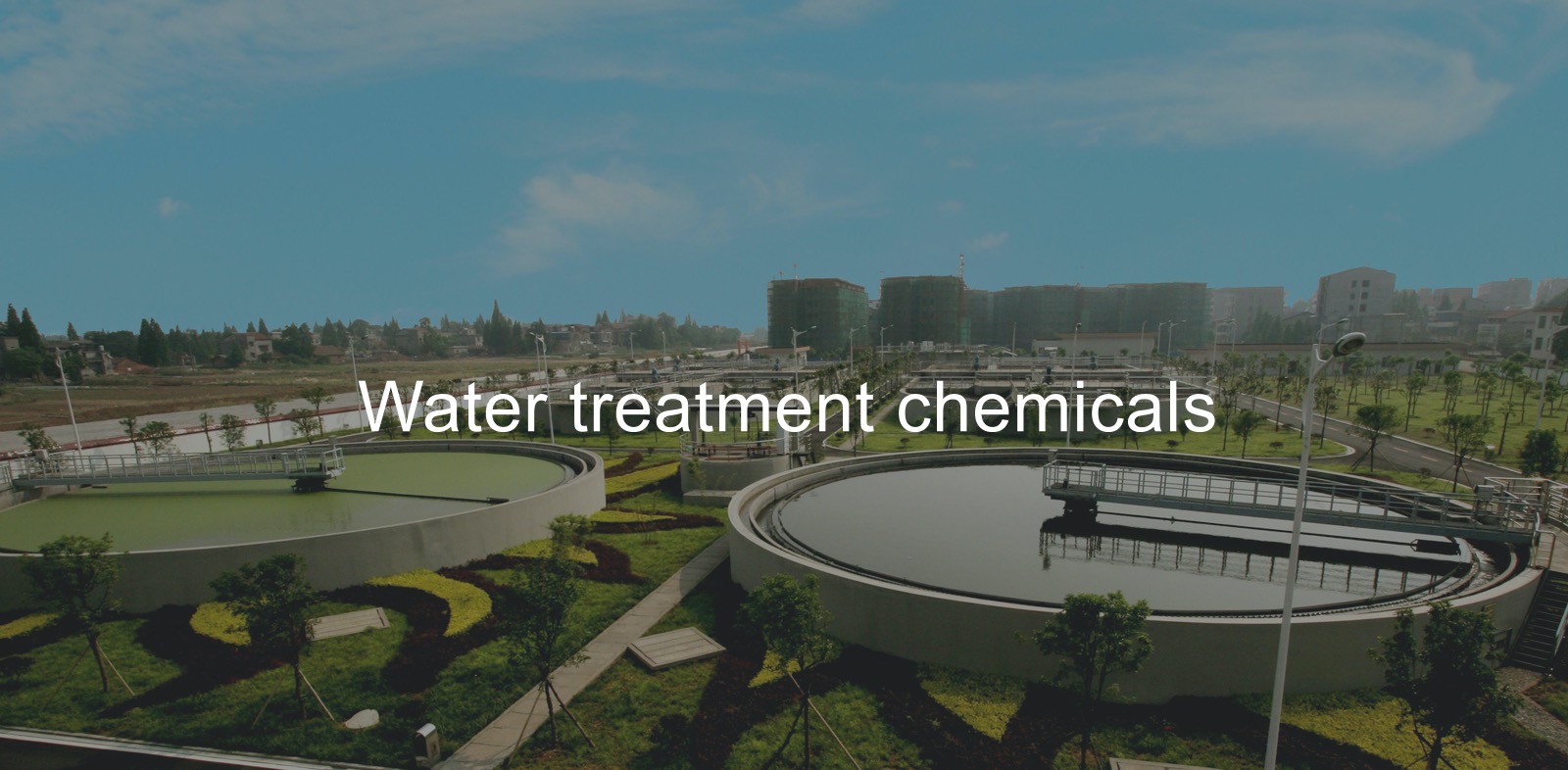Shandong Sun Chemical Co., Ltd. has been serving as a reliable supplier of polyaluminum chloride, a crucial water treatment agent, to the Thai government for tap water treatment from 2015 to 2022.
During this period, Shandong Sun Chemical Co., Ltd. has demonstrated its outstanding product quality and strong supply capacity. The polyaluminum chloride produced by the company has effectively met the high standards and strict requirements of the Thai government for tap water treatment, ensuring the supply of clean and safe tap water to the local people.
This long-term cooperation is not only a recognition of the company's product quality and professional services but also reflects its important position in the field of international water treatment chemicals. Shandong Sun Chemical Co., Ltd. continues to uphold its commitment to providing high-quality chemical products, making positive contributions to the global water treatment industry.
It is expected that Shandong Sun Chemical Co., Ltd. will further strengthen its cooperation with the Thai government and other international partners in the future, continuously expand its market share, and create more value for the global water treatment cause
In 2018, Shandong Sun Chemical Co., Ltd. achieved a significant milestone by commencing the supply of DADMAC (Dimethyl Diallyl Ammonium Chloride) to SNF Australia, thus officially becoming one of SNF's suppliers.
Shandong Sun Chemical Co., Ltd., a prominent player in the chemical industry, specializes in the production of various high-quality chemical products. Their DADMAC, known for its excellent quality and performance, has found a valuable market in SNF Australia.
SNF Australia, being a leading manufacturer in the field of water-soluble polymers for water and wastewater treatment, has strict requirements for its raw material suppliers. The fact that Shandong Sun Chemical Co., Ltd. has become its DADMAC supplier speaks volumes about the former's production capabilities and product quality.
This partnership not only strengthens the business ties between the two companies but also showcases Shandong Sun Chemical Co., Ltd.'s competitiveness in the international chemical market. It is expected that this cooperation will continue to thrive, bringing mutual benefits and contributing to the development of both parties in the future.



